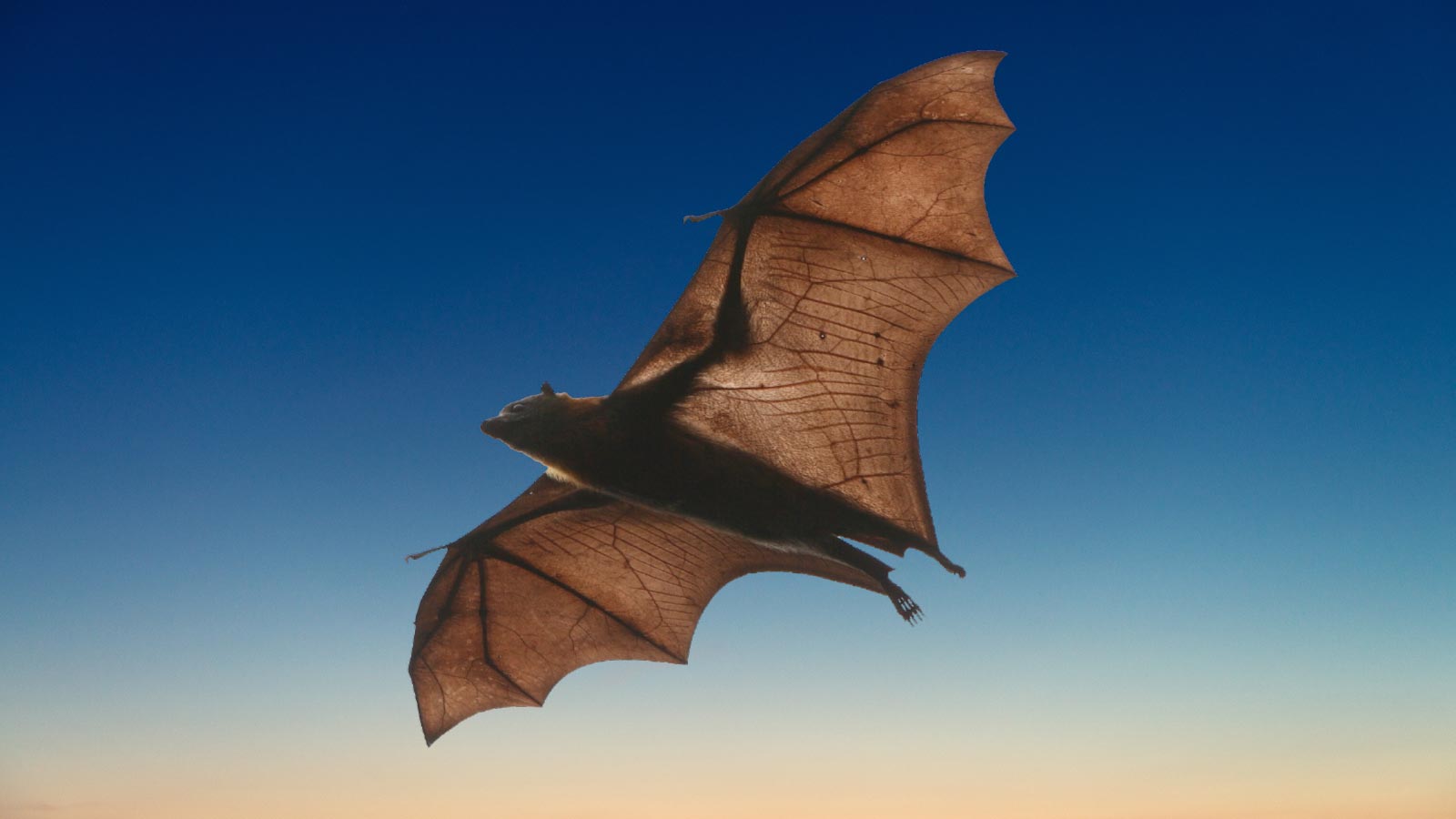Stay Up to Date
Submit your email address to receive the latest industry and Aerospace America news.
Q: A bat happened to be hanging out in the rafters of a mad scientist’s “scale-up machine” when the chamber was tested at level 100. Should the nearby town brace to be terrorized by a giant Nycticeius humeralis darting around in the evening sky? What do physics and aeronautics say about whether the creature could fly?
Send a response of up to 250 words that someone in any field could understand to [email protected] by noon Eastern Jan. 16 for a chance to have it published in the next issue.
__
FROM THE DECEMBER ISSUE: Blue skies, but why?
We asked whether it’s true that Earth’s blue skies result from the same principle that exoplanet researchers rely on to study atmospheres. The question drew no responses, so astrophysicist John Mather of NASA provided an answer:
“Close but not quite true. Astronomers use the James Webb Space Telescope to study planets when they transit in front of their host stars for a few hours. Some of the starlight goes through the atmosphere of the planet, if it has one, on its way to the telescope, and we analyze that. Here on Earth, the sky is blue because of two things: First, our oxygen has destroyed almost all the molecules that give our outer planets their colors. That means that our atmosphere is very transparent at the wavelengths we can see. Second, in a phenomenon called Rayleigh scattering, molecules in our atmosphere deflect short wavelength light (blue) so that some bounces sideways and makes the sky blue. Short wavelengths scatter because high energy photons shake the electrons in the air molecules more vigorously, and those electrons deflect the light. But Rayleigh scattering can’t tell us what specific molecules are in an exoplanet. With Webb, we spread out the exoplanet light into a spectrum, a rainbow of colors. Many molecules absorb light very strongly at particular colors, and when we see an exoplanet spectrum with those features, we can identify the molecules. So far Webb has seen Na, K, H2O, CO, CO2, and CH4, but we didn’t design it to find oxygen. For that we have to wait for a future observatory!”
Stay Up to Date
Submit your email address to receive the latest industry and Aerospace America news.




